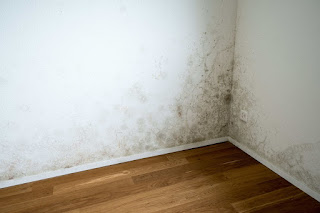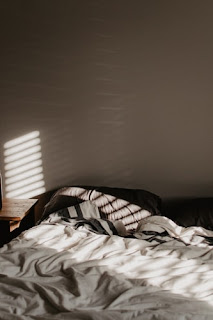What Is Sick Building Syndrome?

Exposure to environmental toxins in an enclosed space can result in a wide range of health effects. The symptoms caused by poor indoor air quality are collectively known as sick building syndrome. Individuals who experience unexplained illnesses should explore whether their home or workplace could be contributing to poor health. Why Does Sick Building Syndrome Occur? Sick building syndrome, often abbreviated as SBS, is a catchall term for exposure symptoms for which the doctor cannot determine an exact origin. Possible contributing factors to SBS include formaldehyde, fungus, mold, poor lighting, excessive dust, poor ventilation, carbon monoxide, significant emotional stress, pesticides, animal and insect droppings, cleaning chemicals, ozone, and asbestos. What Are the Symptoms of Sick Building Syndrome? Often, people who have SBS think their issues stem from the common cold, flu, or other types of infection. Everyone experiences this condition differently, but some of the most ...


